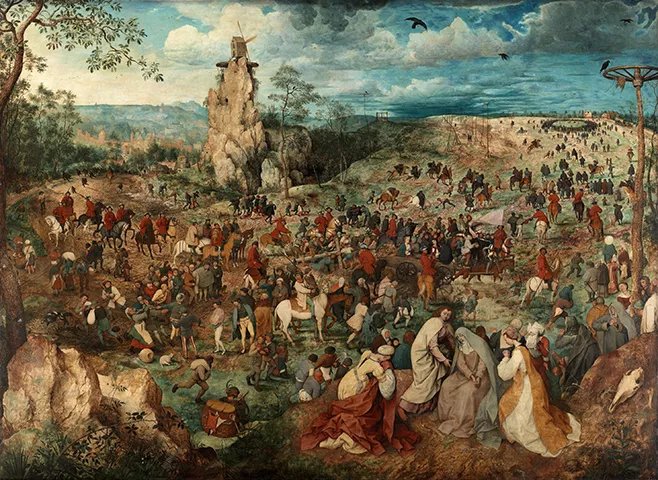Chapter V
Further Examples
One of the few examples of contemporary painters depicting the same scene can be found below. The painting on the right is completely harmonious. We can quickly notice what is missing from the other one.
Claude Monet
Bain à la Grenouillère
Pierre-Auguste Renoir
La Grenouillère
Let’s see what happens when a harmonious composition is recast in a different style:
Paul Cezanne Le Vase Bleu
E. Szachowski





























